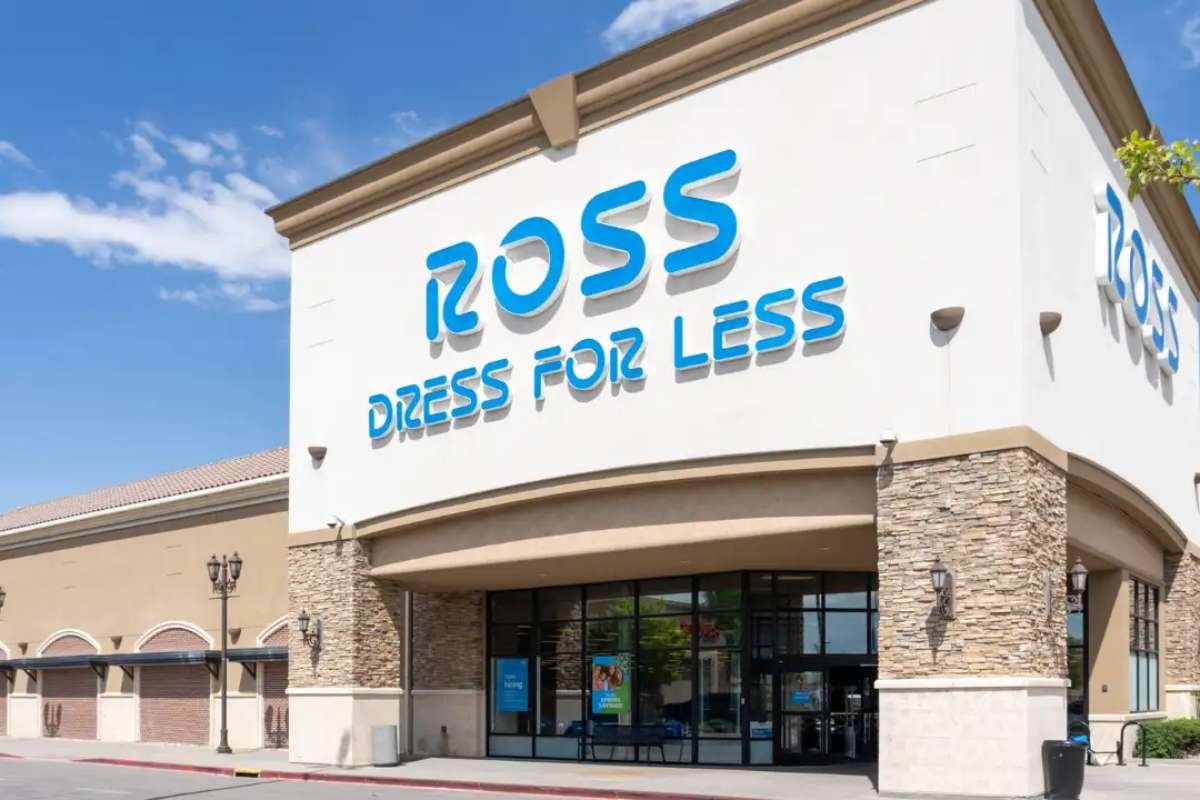Ross Stores, the popular U.S. discount retail chain, is preparing for potentially unpopular changes in response to mounting financial and operational pressures. In its Q1 2025 earnings report, Ross Stores reported stagnant comparable sales and a drop in net income to $479 million, nearly 2% lower than the same quarter last year. The company is also experiencing a drop in foot traffic, with customer visits per store declining by 2.7% year-over-year, according to analytics firm Placer.ai.
During an earnings call on May 22, Ross CEO Jim Conroy described the start to the spring selling season as slower than expected. He attributed the sluggish performance to “prolonged inflation,” which continues to affect the shopping behavior of Ross’ core customer base. “There’s a little bit of a shift towards more functional items versus discretionary items,” Conroy noted, suggesting that shoppers are now prioritizing essentials over non-essential purchases.
Tariffs Add Another Layer of Pressure
Adding to the pressure on Ross Stores is the looming impact of new trade tariffs. Conroy warned that tariffs imposed by President Donald Trump, beginning with a 10% baseline on all imports, could significantly affect Ross’s cost structure. More concerning is the July expiration of a pause on reciprocal tariffs, after which about 60 countries are expected to face higher rates. With more than 50% of Ross’ merchandise sourced from China, the company could see a notable spike in supply costs.
“The volatility of trade policies and the corresponding impact on the economy, the consumer, and our profitability is highly unpredictable,” Conroy stated. While Ross plans to manage the business conservatively in these uncertain times, the financial burden of elevated tariffs may eventually trickle down to the consumer.
Ross Stores executives have not ruled out raising prices, but emphasize caution. Chief Operating Officer Michael Hartshorn stressed that any increase would be carefully considered. “We don’t want to be the first one to raise prices,” he said, adding that maintaining Ross’ value advantage over mainstream retailers remains a priority. “It’s a substantial value gap, and we want to make sure we’re delivering the value customers expect.”
Price Adjustments Could Hit Shoppers Soon
As the company navigates economic turbulence, price adjustments may become unavoidable. Conroy acknowledged that Ross is exploring a “combination of pricing versus merchandise margin compression” to balance rising costs. He added that price increases would likely depend on the nature of the product, whether it’s a functional necessity or a discretionary purchase.
The company’s approach appears to focus on preserving its value-oriented brand while mitigating profit erosion. However, any shift in pricing could risk alienating budget-conscious consumers, especially those already squeezed by inflation.
While Ross Stores is working to shield shoppers from immediate cost increases, the dual threats of inflation and tariffs are pushing the retailer toward tough decisions. As Conroy summed it up: “We believe we have a number of levers available to minimize the overall impact, but it is possible that we will see short-term pressure on our profitability.” Shoppers, meanwhile, may soon see the effects of those decisions in-store.








